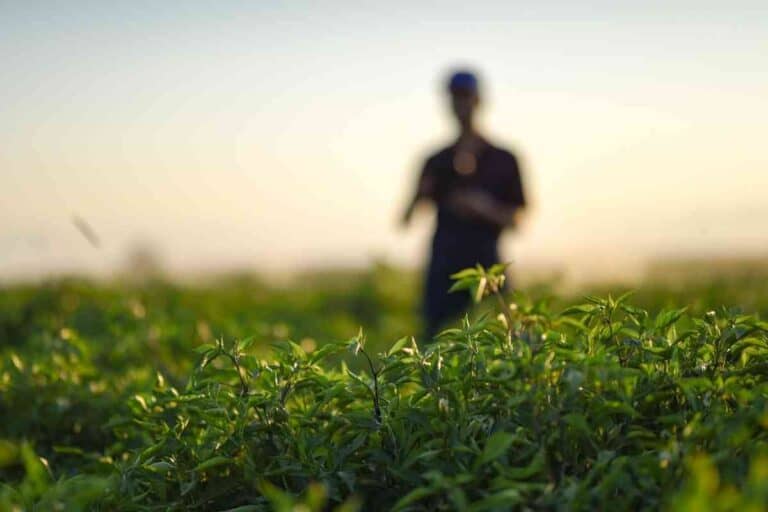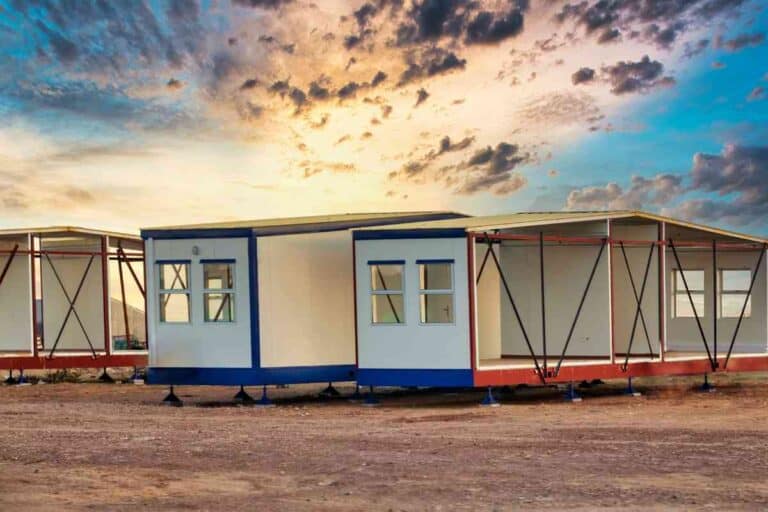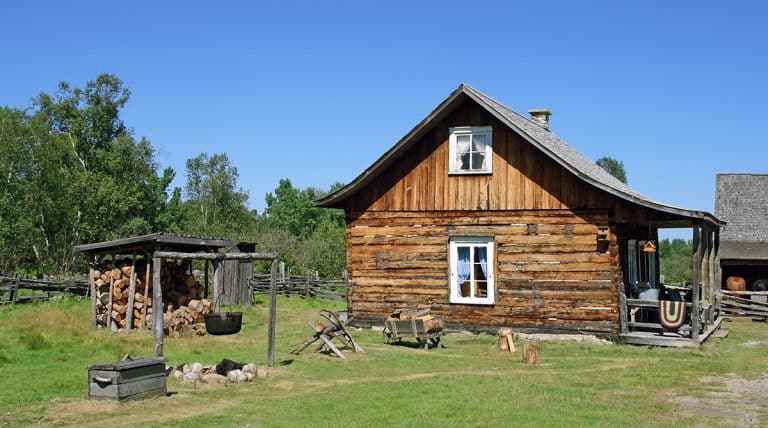How to Make Super Compost: A Step-by-Step Guide
If you’re looking to improve your garden’s soil quality, composting is a great way to do it. But have you heard of super composting? It’s a step up from regular composting and can give your plants an even bigger boost. In this article, we’ll teach you how to make super compost and explain why it’s worth the extra effort.
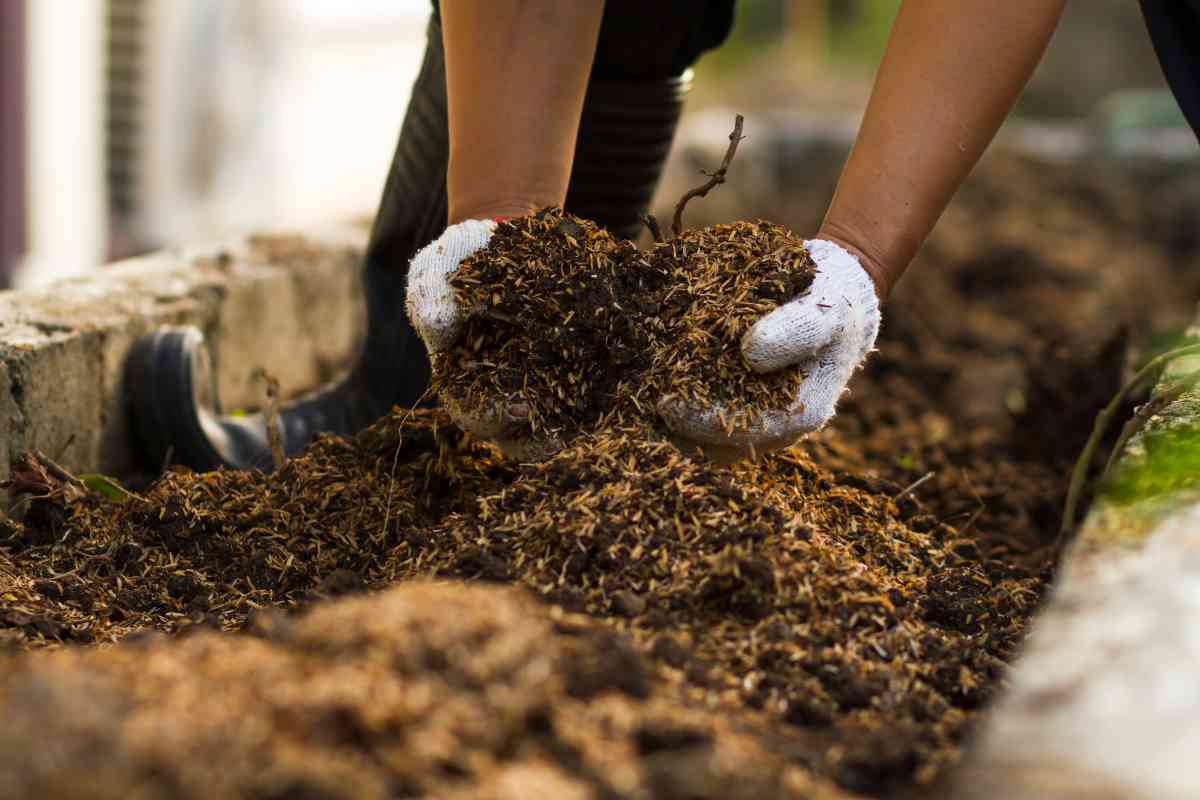
You may find my guide to DIY composting toilets helpful, too.
How do you make super compost?
Super composting involves taking regular compost and enhancing it with additional nutrients. This can be done by adding specific ingredients to your compost pile or bin. The result is a nutrient-rich compost that can help your plants grow bigger and stronger. Super compost can also help with water retention in your soil, which is especially helpful in dry climates.
To make super compost, you’ll need to start with a base of regular compost. This can be made from a variety of materials, including food scraps, yard waste, and shredded paper. From there, you can add additional ingredients such as manure, bone meal, or kelp meal to boost the nutrient content. By following a few simple steps, you can create your own super compost and give your plants the best possible growing environment.
How Composting Works
Composting is the natural process of breaking down organic material into a nutrient-rich soil amendment. It involves the use of compost piles or bins, which can be made from a variety of materials, including wood, wire, or plastic.
Composting is the process of breaking down organic matter into a nutrient-rich soil amendment that can be used to improve soil quality and plant growth.
The process involves the decomposition of organic materials, such as food waste, yard waste, and manure, by microorganisms that thrive in the presence of air, carbon, and nitrogen.
You may enjoy my guide to mushroom compost. I wrote a whole article about it!
To create high-quality compost, it is important to understand the basic principles of composting. Here are some key concepts to keep in mind:
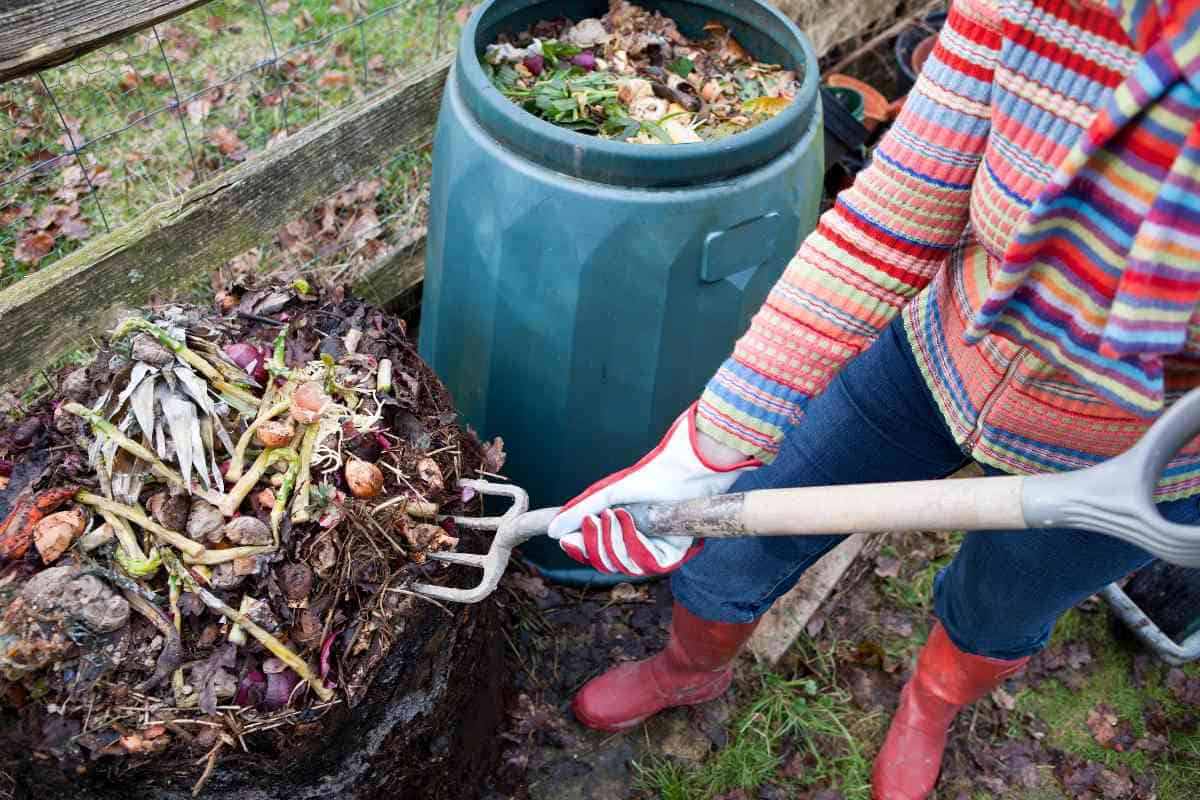
Carbon and Nitrogen
Carbon and nitrogen are two essential elements that are needed for successful composting. Carbon-rich materials, such as dry leaves, sawdust, and straw, provide energy for microorganisms, while nitrogen-rich materials, such as grass clippings, food waste, and manure, provide protein for growth.
To achieve the optimal balance of carbon and nitrogen, it is recommended to use a ratio of 30 parts carbon to 1 part nitrogen. This balance helps to promote the growth of microorganisms and speed up the decomposition process.
Air and Oxygen
Microorganisms that break down organic matter require oxygen to survive. Therefore, it is important to ensure that your compost pile or bin has adequate air flow to allow for proper decomposition.
Without enough oxygen, the composting process can become anaerobic, which can lead to unpleasant odors and slow decomposition.
Heat
As microorganisms break down organic matter, they generate heat. In fact, a well-maintained compost pile can reach temperatures of up to 160°F (71°C).
This heat helps to speed up the decomposition process and kill off any weed seeds or pathogens that may be present in the compost.
Moisture
Moisture is also an important factor in composting. Microorganisms require a certain level of moisture to survive and thrive. If the compost pile is too dry, decomposition will slow down, while if it is too wet, the pile can become waterlogged and anaerobic. The ideal moisture level for composting is around 50-60%.
Microorganisms
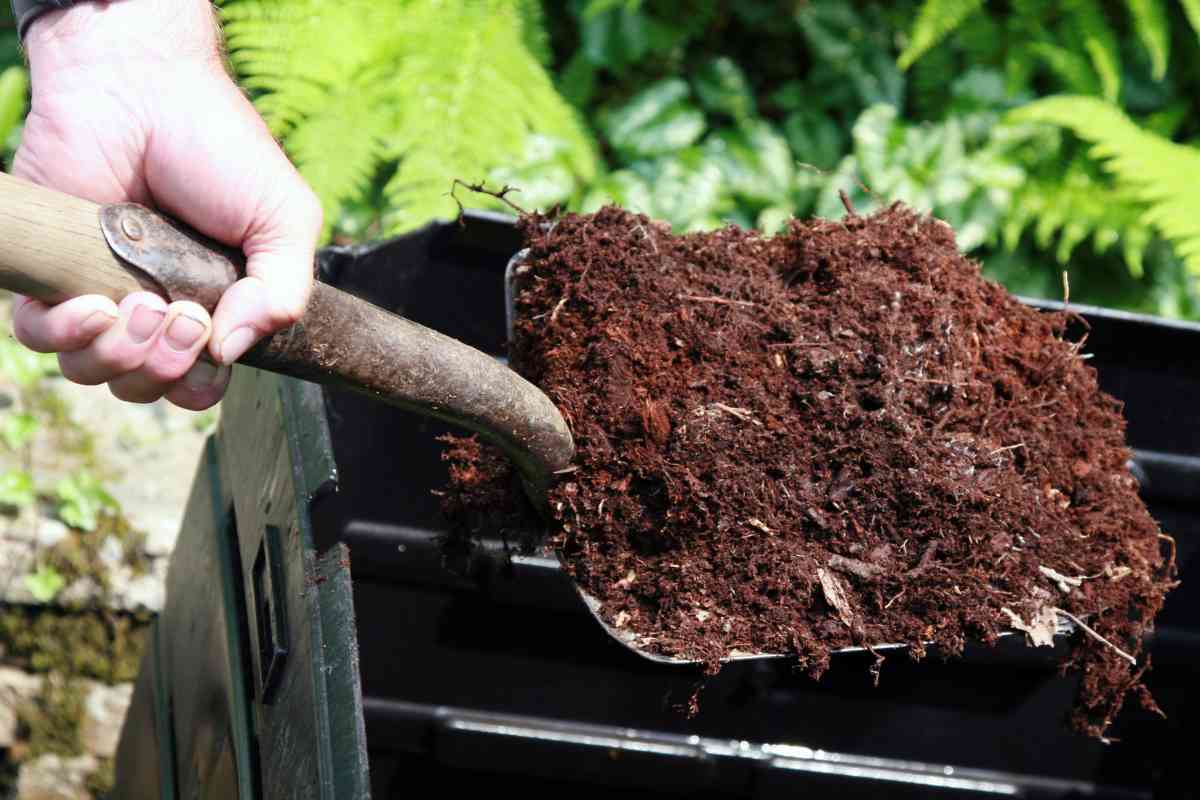
Microorganisms are the key to successful composting. They break down organic matter into smaller, simpler components that can be used by plants.
To ensure that your compost pile has a healthy population of microorganisms, it is important to provide them with the right conditions, such as adequate air flow, moisture, and a balanced ratio of carbon and nitrogen.
| Carbon Sources | Nitrogen Sources |
| Dry leaves | Grass clippings |
| Sawdust | Food waste |
| Straw | Manure |
| Wood chips | Coffee grounds |
By understanding these basic principles of composting and providing the right conditions for microorganisms to thrive, you can create high-quality compost that will improve soil quality and plant growth.
Choosing the Right Compost Bin
When it comes to making super compost, choosing the right compost bin is an important first step.
There are many different types of compost bins available, each with its own advantages and disadvantages.
In this section, we will discuss the different types of compost bins and help you choose the one that is right for you.
Types of Compost Bins
Stationary Compost Bins
Stationary compost bins are the most common type of compost bin. They are typically made of plastic, wood, or metal and are designed to sit in one place.
Stationary bins are great for people who have a lot of yard waste to compost, as they can hold a large amount of material. They are also relatively inexpensive and easy to use.
Tumbler Compost Bins
Tumbler compost bins are another popular option. They are designed to be rotated, which helps to mix the compost and speed up the decomposition process.
Tumbler bins are great for people who want to make compost quickly and easily. They are also good for people who have limited space, as they can be stored in a small area.
Worm Composting Bins
Worm composting bins, also known as vermicomposting bins, are a great option for people who want to compost indoors.
They are typically made of plastic and contain a large number of worms, which help to break down the compost. Worm composting bins are great for people who live in apartments or other small spaces.
Choosing the Right Bin for You
When choosing a compost bin, there are a few things to consider. First, think about how much yard waste you have.
If you have a lot of yard waste, a stationary bin may be the best option. If you have limited space, a tumbler bin or worm bin may be a better choice.
Next, consider the materials that the bin is made of. Plastic bins are typically the least expensive, but they may not last as long as wood or metal bins.
Wood bins are more expensive, but they are also more durable and can be more attractive. Metal bins are the most expensive, but they are also the most durable and can last for many years.
Finally, think about how much time and effort you are willing to put into composting. Stationary bins require the least amount of effort, while tumbler and worm bins require more maintenance. Consider how much time you have available and choose a bin that fits your lifestyle.
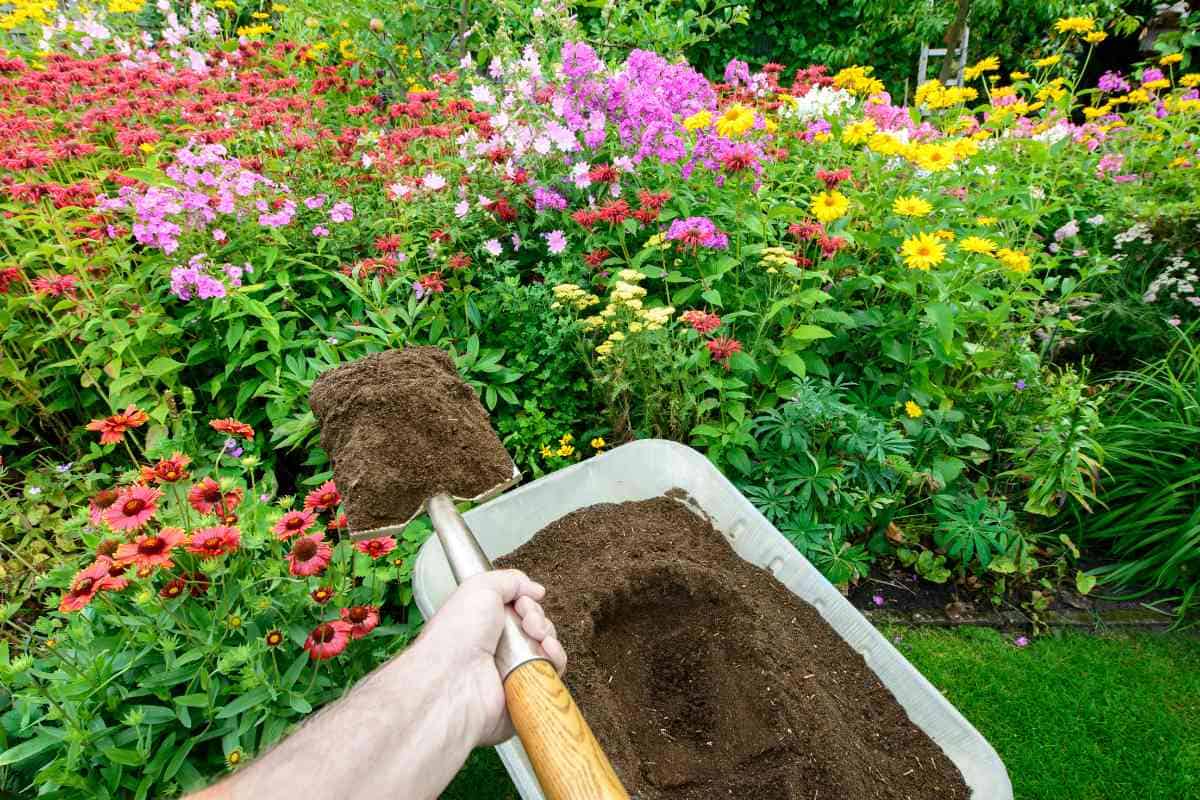
| Type of Compost Bin | Advantages | Disadvantages |
|---|---|---|
| Stationary | Can hold a large amount of material, relatively inexpensive, easy to use | Can take longer to make compost, may require more effort to turn compost |
| Tumbler | Can make compost quickly and easily, good for people with limited space | More expensive than stationary bins, may require more maintenance |
| Worm | Great for indoor composting, good for people with limited space | Requires more maintenance, may not be suitable for large amounts of yard waste |
In conclusion, choosing the right compost bin is an important first step in making super compost. Consider how much yard waste you have, the materials that the bin is made of, and how much time and effort you are willing to put into composting.
With the right bin, you can make high-quality compost that will help your lawn and garden thrive.
Materials Needed for Super Compost
To make super compost, you will need a variety of organic materials that are nutrient-rich and suitable for composting. Here are some of the materials you can use:
| Organic Material | Description |
|---|---|
| Grass Clippings | High in nitrogen and easy to obtain. |
| Dry Leaves | High in carbon and easy to obtain. |
| Vegetable Scraps | High in nitrogen and easy to obtain. |
| Coffee Grounds | High in nitrogen and easy to obtain. |
| Pineapple | High in potassium and easy to obtain. |
| Watermelon | High in potassium and easy to obtain. |
| Coconut | High in potassium and easy to obtain. |
| Calquat Fruit | High in phosphorus and easy to obtain. |
| White Tree Fruit | High in phosphorus and easy to obtain. |
| Herb | High in nitrogen and easy to obtain. |
| Dairy | High in calcium and easy to obtain. |
| Coconut Shell | High in potassium and easy to obtain. |
You will need a mix of brown materials (high in carbon) and green materials (high in nitrogen) to create the right ratio of materials for composting.
Brown materials include dry leaves, straw, and other dry plant matter. Green materials include grass clippings, vegetable scraps, and coffee grounds.
To create nutrient-rich compost, you should aim for a ratio of 2 parts brown materials to 1 part green materials. This will create a good balance of carbon and nitrogen, which will help break down the organic matter quickly and efficiently.
In addition to the organic items listed above, you can also use food scraps, yard waste, and other organic materials to create super compost.
Just make sure that the materials are suitable for composting and do not contain any chemicals or toxins that could harm the composting process.
Finally, you will need water to keep the compost moist and help break down the organic matter. Aim for a moisture level of around 50%, which you can achieve by adding water as needed.
Creating Super Compost
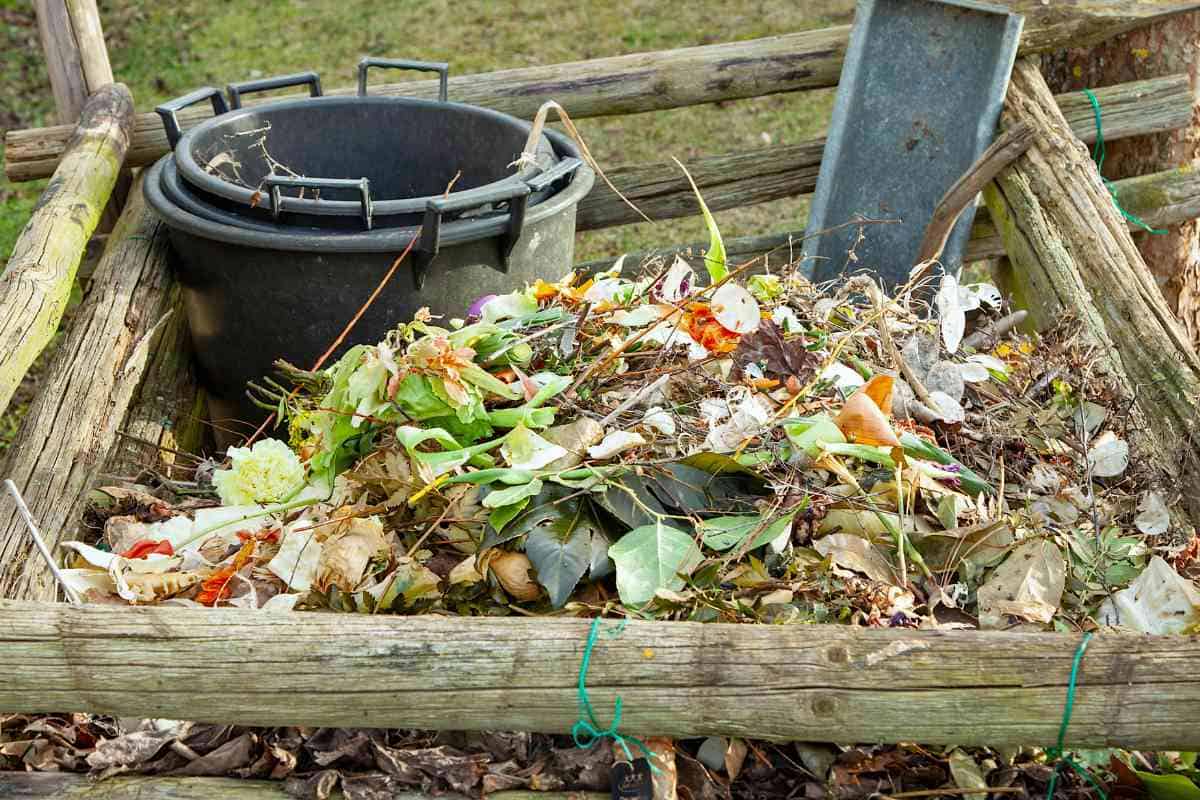
If you want to make super compost, you need to create the ideal conditions for the microorganisms and worms to thrive.
This means providing them with plenty of oxygen, moisture, and the right mix of carbon and nitrogen-rich materials.
To take your composting game to the next level, you can try out some advanced techniques that will yield nutrient-rich compost in a shorter amount of time. Here are some advanced composting techniques that you can try:
Compost Potion
A compost potion is a mixture of various ingredients that can help accelerate the composting process.
The ingredients can include things like alfalfa meal, bone meal, kelp meal, and rock phosphate, among others.
You can mix these ingredients in a bucket and add water to create a compost potion. Pour this potion on your compost pile to speed up the decomposition process.
Ultracompost
Ultracompost is a type of compost that is made using a combination of compost and supercompost.
It is created by adding 25 volcanic ash to a full compost bin, then adding a supercompost potion to the bin. This will result in ultracompost after a few hours. Ultracompost has a higher yield and provides more benefits to plants than regular compost.
Root Infused Compost
Root infused compost is made by adding roots of certain trees to your compost pile. Oak roots, willow roots, and maple roots are great options.
These types of roots have natural enzymes that can help break down the organic matter in your compost pile faster.
Hot Composting
Hot composting is a method that involves creating a compost pile that heats up to a high temperature.
This will kill off any harmful bacteria and pathogens in the pile, resulting in nutrient-rich compost.
To create a hot compost pile, you need to build a pile that is at least 3 feet tall and 3 feet wide. Use a compost thermometer to monitor the temperature of the pile and turn it regularly to ensure even heating.
| Technique | Description |
|---|---|
| Compost Potion | A mixture of various ingredients that accelerates the composting process |
| Ultracompost | A combination of compost and supercompost that yields higher quality compost |
| Root Infused Compost | Adding roots of certain trees to the compost pile to speed up decomposition |
| Hot Composting | Creating a compost pile that heats up to a high temperature to kill off harmful bacteria and pathogens |
By using these advanced composting techniques, you can create nutrient-rich compost in a shorter amount of time. Experiment with different techniques to find the ones that work best for you.
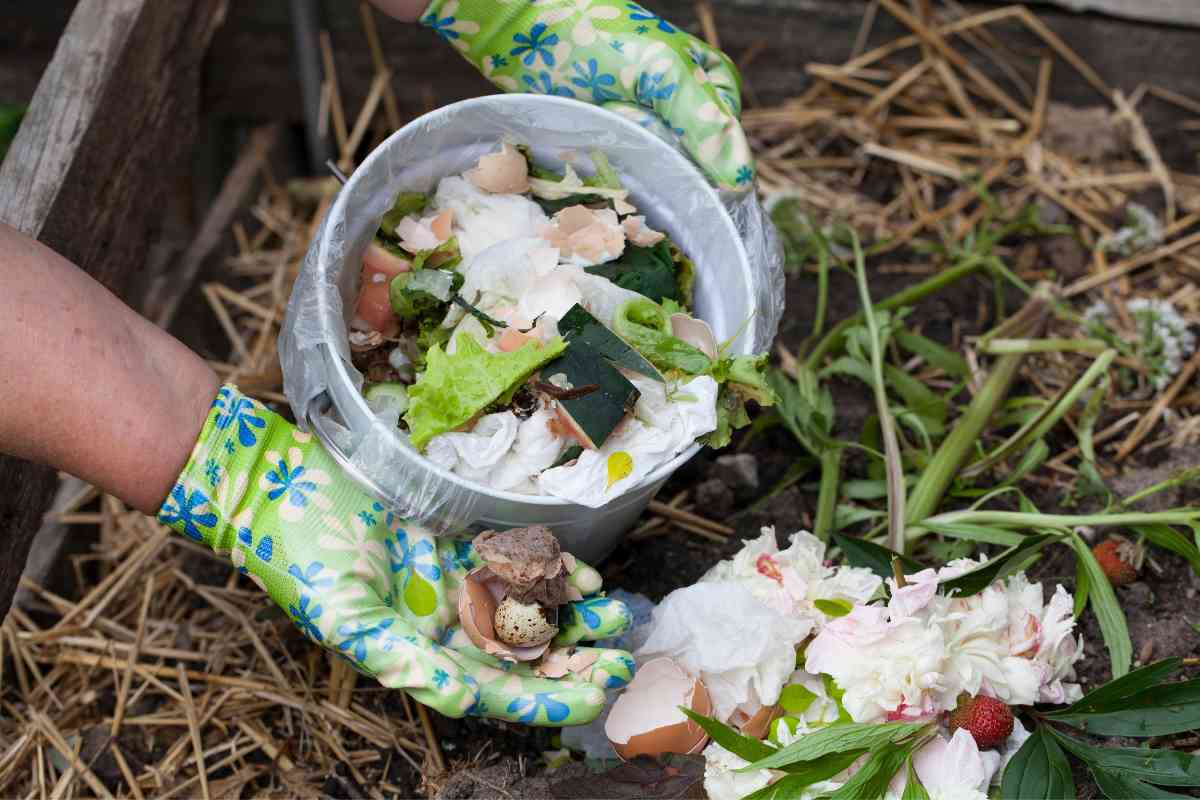
The Role of Worms in Composting
Worms are also an important part of the composting process. They help to break down the organic material and create channels for air and water to move through the compost pile.
If you want to encourage worms to take up residence in your compost pile, you can add a layer of soil or finished compost to the top of the pile. This will provide the worms with a habitat and a source of food.
Using Compost in Gardening
Compost is a valuable resource for gardeners. It provides nutrients to plants, improves soil structure, and helps retain moisture. Here are some tips for using compost in your gardening:
Incorporating Compost into Soil
When planting new plants, mix finished compost into the soil to improve soil fertility and structure. This will help the plants establish strong roots and grow healthier.
You can also add compost to existing garden beds by top-dressing the soil with a layer of compost and working it into the top few inches of soil.
Using Compost as Mulch
Compost can also be used as a mulch around plants. Apply a layer of compost around the base of plants to help retain moisture in the soil and suppress weeds.
The nutrients in the compost will slowly release into the soil, providing a steady source of food for the plants.
Making Compost Tea
Compost tea is a liquid fertilizer made by steeping finished compost in water. It is a great way to provide a quick boost of nutrients to plants.
To make compost tea, fill a bucket with water and add a few shovelfuls of finished compost. Let the mixture steep for a few days, stirring occasionally. Strain out the solids and use the liquid to water your plants.
Using Compost in Containers
Compost can also be used in container gardening. Mix finished compost with potting soil to improve soil fertility and structure. This will help your container plants grow strong and healthy.
| Entity | Relevant Information |
| Plants | Incorporating compost into soil improves soil fertility and structure, which helps plants establish strong roots and grow healthier. |
| Roots | Adding compost to soil improves soil structure, which helps roots grow stronger and deeper. |
| Gardening | Compost is a valuable resource for gardeners. It provides nutrients to plants, improves soil structure, and helps retain moisture. |
| Finished Compost | Finished compost can be incorporated into soil, used as mulch, made into compost tea, and used in container gardening. |
| Herbs | Compost is a great source of nutrients for herbs. Incorporating compost into soil helps herbs grow stronger and more flavorful. |
| Gardener | Using compost in gardening can help gardeners grow healthier plants and improve soil health. |
| Trees | Incorporating compost into soil helps trees establish strong roots and grow healthier. |
| Crops | Compost is a great source of nutrients for crops. Incorporating compost into soil helps crops grow stronger and more productive. |
Frequently Asked Questions
What are some effective ways to speed up the process of making super compost?
There are several ways to speed up the process of making super compost. One effective way is to ensure that the compost pile is well-aerated. This can be achieved by turning the pile regularly, or by using a compost aerator tool. Another way to speed up the process is to add a compost activator, which contains microorganisms that accelerate the decomposition process. Finally, adding nitrogen-rich materials such as grass clippings or manure can also speed up the process.
How long does it typically take to make super compost?
The time it takes to make super compost depends on several factors, such as the size of the compost pile, the materials used, and the environmental conditions. Typically, it takes between 3 to 6 months to make high-quality super compost. However, this can be accelerated by following the tips outlined in the previous section.
What are the key ingredients needed to make high-quality super compost?
The key ingredients needed to make high-quality super compost include a mixture of green and brown organic materials, such as vegetable scraps, grass clippings, leaves, and twigs. It is also important to add a source of nitrogen, such as manure or blood meal, to help speed up the decomposition process. Finally, adding a compost activator can also help to ensure that the compost breaks down quickly and efficiently.
Are there any affordable options for making super compost at home?
Yes, there are several affordable options for making super compost at home. One option is to use a simple compost bin, which can be made from a plastic container or wooden pallets. Another option is to use a worm composting system, which can be set up indoors or outdoors and uses worms to break down organic materials. Both of these options are affordable and can produce high-quality super compost.
What are the benefits of using super compost over regular compost?
Super compost has several benefits over regular compost. First, it contains a higher concentration of nutrients, which can help to improve soil health and plant growth. Second, it is typically more finely textured, which makes it easier to spread evenly over the soil. Finally, super compost can also help to improve soil structure, which can reduce erosion and improve water retention.
Is it possible to make super compost without using any store-bought products?
Yes, it is possible to make super compost without using any store-bought products. One way to do this is to use a mixture of organic materials such as vegetable scraps, leaves, and grass clippings, and to add a source of nitrogen such as manure or blood meal. Another option is to use a compost activator made from natural ingredients such as molasses or seaweed extract. By using these natural ingredients, it is possible to make high-quality super compost without relying on store-bought products.

